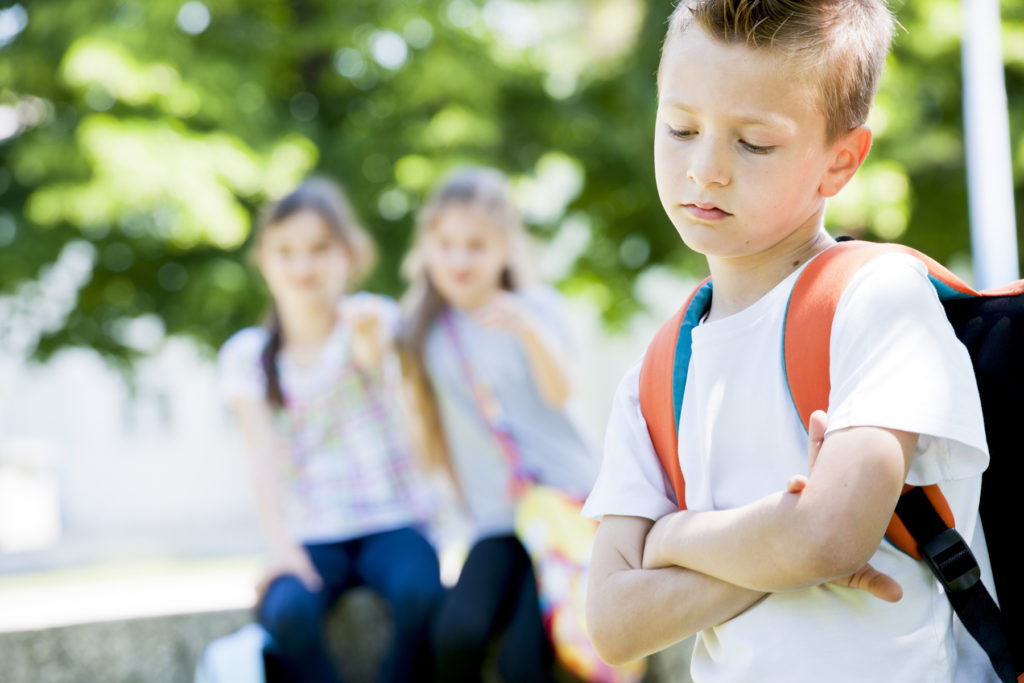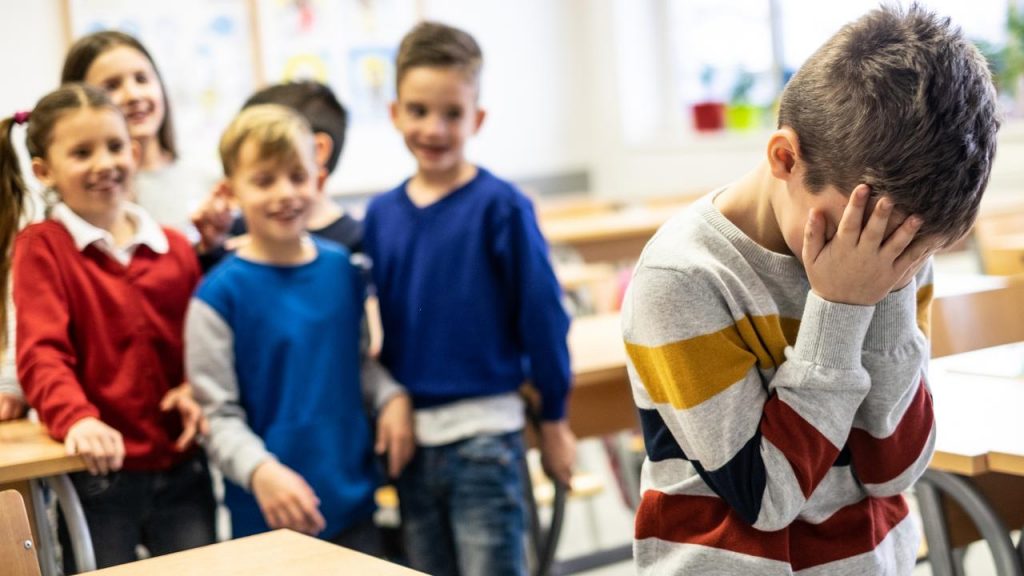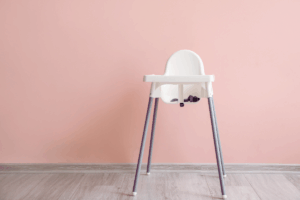The difference between bullying and rude behaviour – and how can we help!
Kids and teens have negative experiences with other children and young people very frequently. From the age of 4 (when physical aggression starts to decrease) feeling hurt, frustrated, distressed and disappointed when interacting with friends and classmates becomes increasingly common.
We asked Developing Minds to take us through the difference between bullying and rude behaviour and how we can help even when what our child is experiencing is not classified as “bullying”.
Study finds children have a conflict with one of their good friends approximately once per fortnight
For example, one study found that children report having a conflict with one of their good friends approximately once per fortnight. Another study found that approximately 60% of children and teens report having a “mutual enemy” (someone they dislike and who dislikes them) which presumably is associated with at least some negative interactions. Other studies find that – depending on how you ask the question – 1 in 4 children/young people say they have experienced “bullying” during their primary or secondary years.
Twice as many conflicts occur in the playground than in the classroom
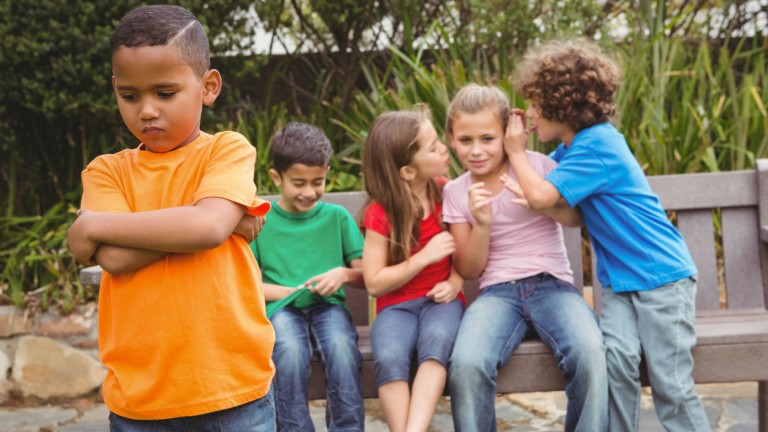
These experiences generally occur without adults being around. On study found that twice as many occur in the playground than in classrooms themselves. We also know that increasing numbers of negative interactions happening online.
In case you are wondering, there are some differences in negative peer experiences for girls and boys. Girls (in general) report having “closer” friendships (they share more information and rate their friends as more important to them than boys do), and also rate their conflict as more distressing to them than boys. Girls conflict and peer problems are also more frequently about relationships – “I know more/am better friends with X than you” – compared to boys, for whom conflict is more likely to be about competition: “I’m better/have more than you”.
As you can see, both boys and girls initiate, put up with and need to manage negative peer interactions of some kind very frequently, far more than most adults do.
Bullying versus Mean/Rude Behaviour and Arguments
In the last couple of years psychologists, educators and others have worked hard to teach children and teens about the difference between two different kinds of negative interactions with their peers: bullying and “rude/mean” behaviour.
We have been explaining to children and teens that bullying is when someone repeatedly does something (using words, relationships or actions) to intentionally harm another targeted person – who is less powerful (socially, in size, age or some other way) than they are.
Rude or mean behaviour (which also sometimes leads to arguments) on the other hand, occurs between equally powerful peers, is usually not repeated or targeted to one person – and often resolves quickly.
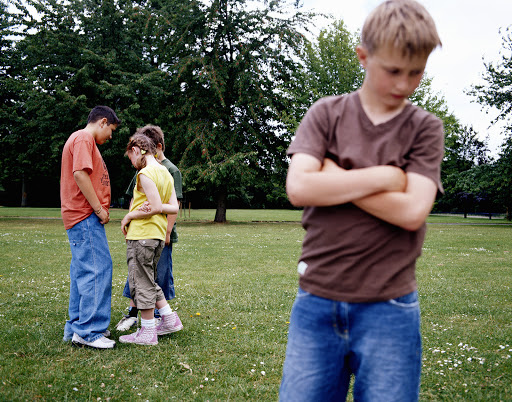
Many young people seem to have received this message loud and clear – I’ve heard young children be able to spout this definition with great confidence: “I did NOT bully her, there was no difference in our power status!” said one indignant 7 year old in my presence recently!
In my view it’s been helpful for us make this distinction for children and young people. It has helped normalise and “decatastrophise” some of the difficult situations young people face with their friends, which has helped young people to manage their distress more effectively. It has also directed adult attention to where it is needed most.
Potential risks with the “bullying – mean/rude behaviour” distinction
However as much as the bullying – mean/rude behaviour distinction has been helpful, I think there are two risks which can arise while we are making this distinction.
Risk 1: Assuming that all negative interactions between peers can be classified as either “bullying” or “mean/rude behaviour”.
While we have a good working definition for bullying versus mean/rude behaviour – we should not pretend this is an easy classification system. Bullying and mean/rudeness fall on two ends of a continuum and frankly some behaviours fall in the middle.
It’s important to understand and acknowledge “the grey areas” rather than assume we (let alone children and teens) can neatly classify all negative interactions as either “bullying” or “not bullying“.
Risk 2: Dismissing the distress which comes from rude/mean behaviour and arguments
It is the second risk is when we decide something is “not bullying” and then dismiss how difficult, distressing and potentially damaging this can be for some kids and teens.
It’s almost like as adults we might be tempted to take a sigh of relief, “aha, not bullying” and then insist kids to “sort it out themselves” or ignore it, while we get on with managing more important issues.
This is potentially problematic.
Understanding the distress children and young people experience as a result of mean/rude behaviour and arguments
To understand how much tough “not bullying” can be for some young people, it can be useful to reflect on the nature of their friendships.
Like adults, many children and young people have deep and real connections to friends.
Unlike a lot of adults however, many young people spend extended numbers of hours every day with their friends. In addition, they don’t have a job (which for many adults provides a sense of meaning and self esteem). They don’t have a partner or (many) same aged family members with whom they can share their life’s journey. They also don’t have a well-developed sense of self and their place in the world.
In addition, from an evolutionary perspective, preteens and teenagers have a strong and subconscious instinct to form connections with their peer group. The preservation of our very society relies on young people forming their own tribes and relationships with peer groups.
For some (particularly older) children and teenagers, their friendships and peer relationships are very emotionally intense. I’ve heard some writers talk about them as akin to “love affairs” for adults.
In other words, for many children and young people, a great deal of their identity, enjoyment or life and meaning much of comes from their peer relationships.
Therefore, when children and young people are rejected, dismissed, ignored or insulted – although it may not be “not bullying”– it can still be a source of deep hurt, sorrow and lead to problems.

Early adolescent children are vulnerable to friendships ending
Research shows that pre and early adolescent children (ie 10-14 year olds) are particularly vulnerable to friendships ending and may experience significant loneliness, sadness and symptoms of depression. Other research suggests that lack of strong friendship connection is associated with emotional distress.
8 year old John who I’ve worked with over the course of several years, often tells me about his loneliness and sadness at school. He responds unhelpfully and not surprisingly, kids are frequently rude to him and unkind. He is not experiencing bullying. But the rude behaviour he experiences deeply distresses and tires him.
15 year old Jodie, also a long term client, told me about persistent arguments with a small group of friends she hangs out with. Some of them are particularly nasty. She is not experiencing bullying. But she never has a day at school when she feels relaxed or accepted, and many days she feels distraught about what has happened.
Arguments and mean/rude behaviour can be significantly distressing for children and young people and should be taken seriously by adults.
Here’s what taking mean/rude behaviour seriously does NOT mean
Before I go on, let me be clear about what as adults taking this seriously does not mean.
- It does NOT mean verbally catastrophising and giving kids and teens the impression that they experiencing a mini tragedy “This is terrible! It must be stopped immediately!”.
- It does NOT mean talking negatively about other children or young people to kids “That little….” What a horrible……”.
- It does NOT mean reducing young people’s sense of agency and confidence in their own skills by taking over, rushing into a school or community organisation to demand change “I am going to sort this out. I am going to have words to that parent/teacher/kid”.
- It does NOT mean talking about it endlessly and for hours.
- It does NOT mean we assume everything our child has told us is correct and that we are getting the full story. Most of the time we are not hearing the full picture.
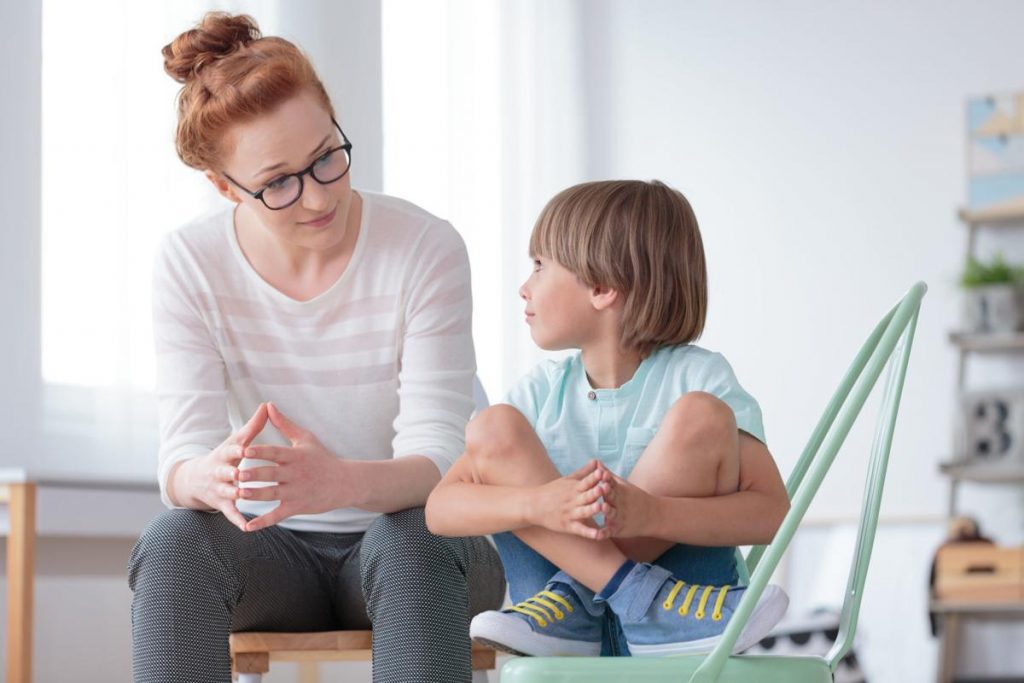
What does taking “rude/mean behaviour and arguments” seriously mean?
The most important way to take it seriously is as adults, when we hear about rude/behaviour is to care and listen. To remember, right now – to this child, this is important, it is often not easy (humiliating) to talk about it, and it hurts.
This might mean, stopping what we are doing, and looking at a young person. It might mean saying something like:
- “That sounds tough”
- “How are you feeling about that”
- “I can understand that would hurt”
- “I’m really sorry you are feeling that way”
We don’t have to do this every time and we don’t have to do it for hours on end.
We don’t have to only care and listen without providing advice or coaching.
In fact, I think we should be teaching kids a whole range of strategies to manage this problem (eg helping them think about other friendship groups, ways of managing, helping them be assertive, kind etc).
However, I believe the place for us to start with young people when they tell us about their tough times with classmates and friends – is to care, understand and listen. Even when it’s “not bullying”.
About Developing Minds

Children and teens experience tough times just like adults do. They feel sad, worried, stressed, angry, frustrated and overwhelmed. They don’t quite know how to cope with stress, they need help learning to act in positive ways, they struggle with relationships and benefit from support in many other ways.
Developing Minds specialise in helping children and teens – and the people who support them. For nearly 20 years, Developing Minds Psychology and Education has cared for, supported and worked with thousands of South Australian children and young people. Working with children ranging from the age of 4 through to 17, the team are fully qualified child psychologists and work with children and teens, and then depending on their age, also with their parents. If appropriate we also work with schools and other supports. We have two clinics in Adelaide (city and south).
